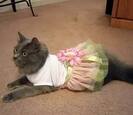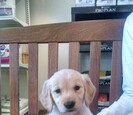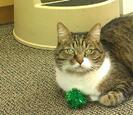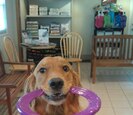Feline Care Guides
Cardiac Arrhythmias in Cats
-
A cardiac arrhythmia is an abnormality in a cat’s heartbeat. It may be associated with the rate (too fast or too slow), an irregularity in the heartbeat pattern, or a problem in the location where electrical signals are formed in the heart. Some arrhythmias may be harmless and do not require treatment, while others can be serious and life threatening.
Read More Cardiac Exam
-
A cardiac examination is an evaluation of the cardiovascular system, which includes the heart, lungs, and blood vessels. Many elements of a cardiac exam are usually performed (to some extent) during a routine physical examination in pets of all ages. However, for older animals, pets with a history of heart problems, or pets that are at risk for developing heart disease, more extensive testing is sometimes recommended.
Read More Caring for Your New Kitten
-
During the first 8 to 10 weeks of life, kittens have specific needs for nourishment, warmth, socialization, and excretion. If you find orphaned kittens younger than 8 to 10 weeks of age, take them to a veterinarian immediately. Your veterinarian can give you advice on caring for them and might be able to give you contact information for animal rescue groups. For more information, see the Care Guide titled “Caring for Orphaned Kittens.”
Read More Caring for Your Pet After Surgery
-
The type of surgery that your pet undergoes determines the in-hospital recovery time and when you will be able to pick up your pet. Because the period immediately following surgery is when most complications occur, it is important to follow your veterinarian’s suggestion for when to pick up your pet. If you would like to visit your pet in the hospital, ask your veterinarian if that would be okay.
Read More Cat Litter
-
A variety of cat litters are available commercially, including litters made of clay, plastic, wheat, sawdust, newspaper pellets, and corn cobs. The choice depends on what matters most to you and your cat. You may have to try a few to see what you and your cat like. Most cats prefer unscented, scoopable litter because of its sandlike texture. Many owners prefer scoopable litters because they control odors and absorb liquid (clump) well, making it easy for owners to scoop out urine “balls.” This leaves the remaining litter dry and odor free.
Read More





